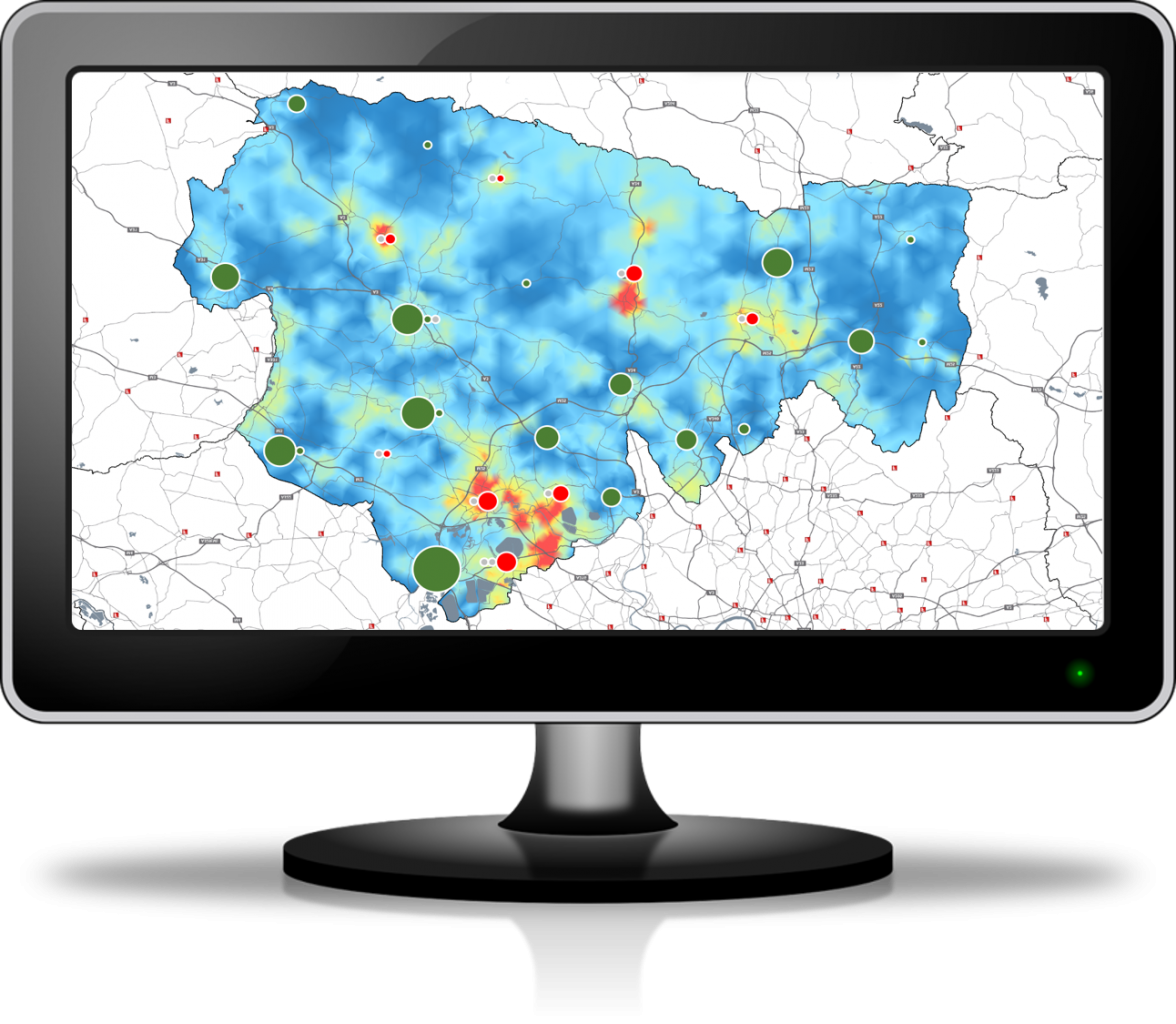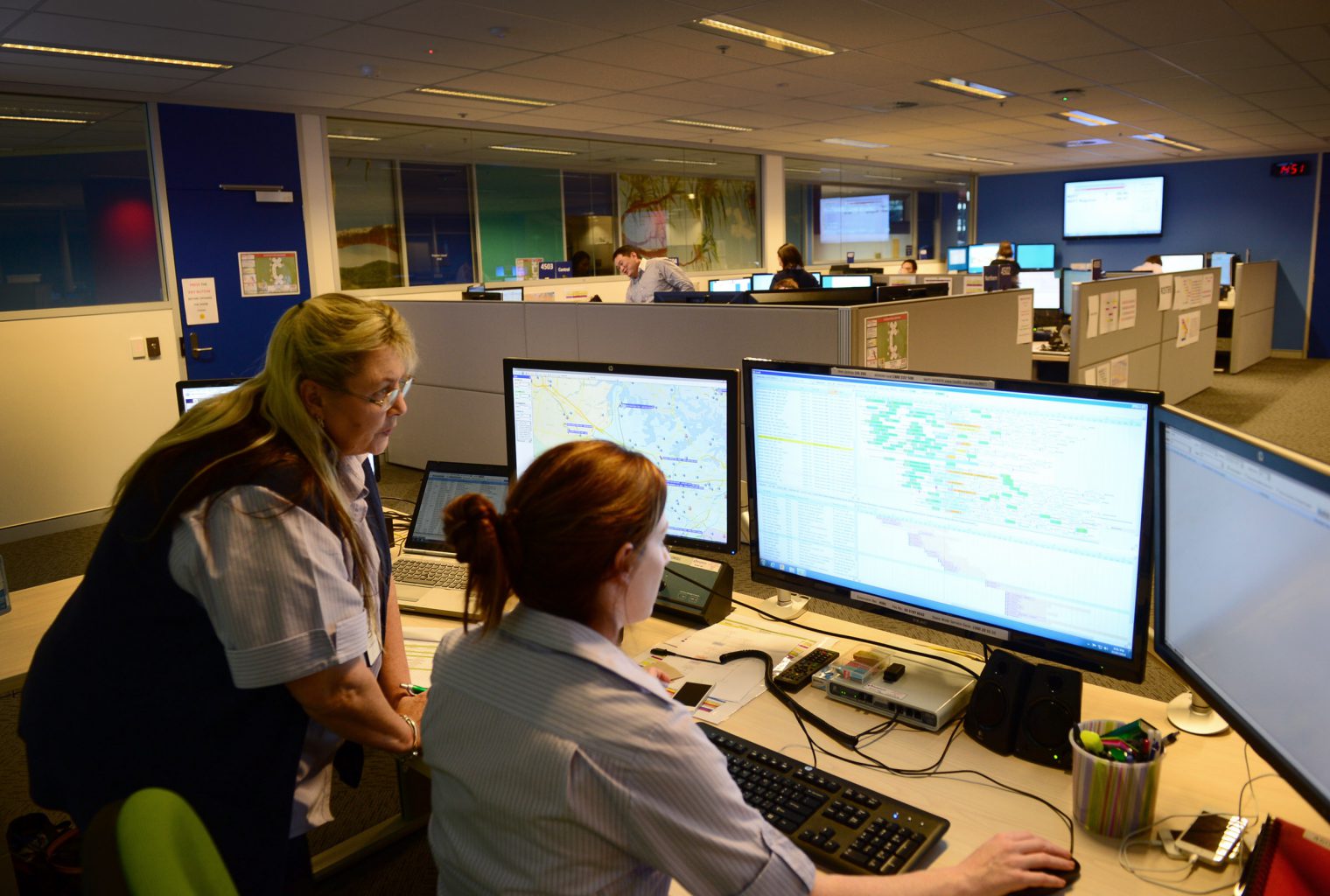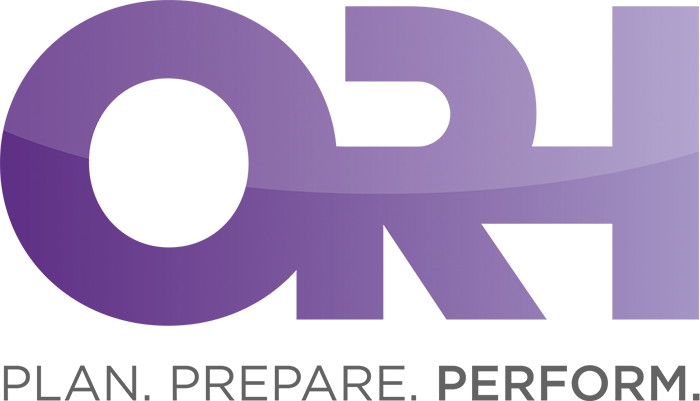
Our work for control rooms
Emergency service control rooms are at the heart of the organisation, providing an essential function that can go unrecognised. An effective control room needs the optimal staff mix to manage resources dynamically using innovative technology. ORH supports emergency services around the world to operate more efficiently.
Dynamic Cover Tool
ORH provides its Dynamic Cover Tool (DCT) software to support dynamic decision making and enable effective and efficient resource use.
The risks faced by emergency services and the availability of resources change on a minute-by-minute basis. We developed the DCT to visualise coverage on a live basis and inform evidence-based decisions on how to deploy resources.
We understand that even the best laid plans can be disrupted by major events or low resource availability. During these periods it becomes essential that remaining resources are well located to cover risk. The DCT provides an instant view of coverage and how changes to resource locations could affect the ability to respond.
Some of the key benefits of the DCT include:
- The ability to visualise risks and coverage on a live basis.
- Testing the impacts of potential redeployments before approving standby moves.
- Providing a retrospective view of how the service deployed its resources .
- Assessing upcoming challenges for resource availability and reducing overtime costs.
If you would like to learn more about the DCT and its application in emergency services, please contact us.


Call taking and dispatch
Call takers play a vital role in the emergency service control room in dealing with a wide variety of calls, from the most critical emergencies to public reassurance and liaising with partner organisations. In a busy control room, it is essential to have the right number of staff available at different times of the day in order to ensure a quick and reliable service when required.
ORH has significant experience in appraising the structure of control rooms through discussions, interviews, analysis of roles and working relationships. On the technical side, we use call data to establish a detailed profile of the call taking process and then model options for change in the skill mix and number of call takers. Depending on the structure and functions of the control room, call taking and dispatch duties may be separated. ORH evaluates options for improving performance and resilience, highlighting the benefits, issues and staff implications of existing and future configurations of teams. Some of the specific areas we investigate include:
- Identifying new dispatch desk boundaries to minimise variation.
- Evaluating higher or lower triage rates.
- Investigating options for changing call taking and dispatch responsibilities.
For emergency medical services, changes to control rooms functions can have a substantial effect on operations, so we model both systems in tandem when required.



